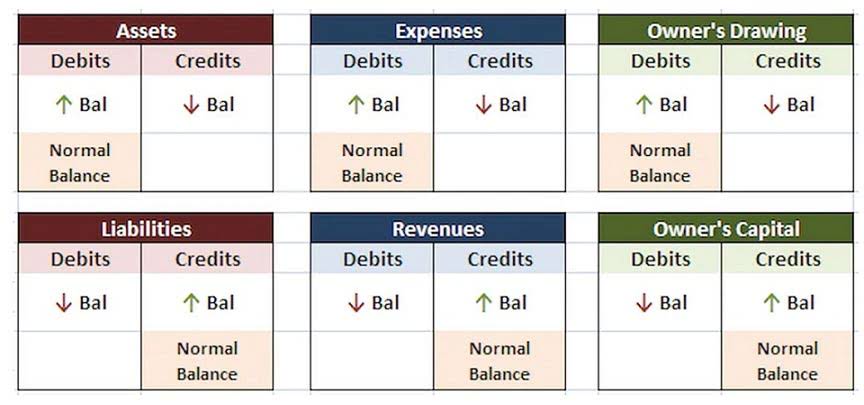
Total cost of production includes the total manufacturing cost plus all additional indirect material and labor costs. Production costs include manufacturing costs as well as outside costs, such as marketing spend and office supplies. Essentially, production costs encompass all direct and indirect costs of running a business. For example, if you’re using units produced, you would need to first determine your total cost for each unit.

Inventory
Next, the “purchased direct materials” are the materials that still need to be bought for manufacturing the product. Finally, the “ending direct materials” are any surplus leftover from the previous production run. The cost of raw materials can fluctuate based on the amount of material purchased and the current price of the materials at the time of purchase.

Total Manufacturing Cost vs Cost Of Goods Manufactured

The finance head has asked the cost accountant to calculate the overhead cost, which shall be incurred for A35 and costing purposes even if one unit is still not manufactured. Manufacturing Overhead are the costs incurred, irrespective of the goods manufactured or not. These are mostly fixed in nature and occur along with the start of the production unit. Factory manufacturing cost provides insights into income statement the specific expenses related to production, excluding other costs such as selling and administrative expenses. By embracing the insights gained from our exploration and implementing effective cost-management strategies, you can position your manufacturing business for long-term success. By taking proactive steps to manage and reduce your manufacturing costs, you can improve your bottom line and make your business more competitive in the market.

Business Types
- Direct labor is the labor done by employees responsible for the hands-on work that goes into manufacturing the products.
- It’s a helpful metric for painting a truly accurate picture of your organization’s spending and profitability.
- Manufacturers can compare the costs of making a product using different manufacturing processes.
- With labor costs, it’s easy to divide between employee salary and additional expenses like benefits and training.
- Although these costs may not be directly allocated to a specific product or worker, they are crucial for manufacturing.
If you discover discrepancies, it’s a signal to reevaluate your estimations and make necessary adjustments to ensure accurate cost calculations. Brahmin Solutions provides you with a real-time view of your costs, helping you make adjustments on the fly and keep your production as efficient as possible. For example, it may not be possible or financially feasible to precisely determine how the activities of company directors benefit a particular product, service or project. Thinaer® revolutionizes manufacturing by filling in digital blind spots through IIoT asset tracking and digital twins to enable smarter production decisions in commercial and classified environments.
Warehouse Rack Labeling — Simple Tips for Better Organization and Efficiency
Therefore, manufacturing overhead includes materials or labor that do not directly become part of the product (such as parts and supplies used to repair a machine used in the manufacturing process). Indirect costs, along with direct materials and direct labor, contribute to the total cost of goods manufactured. Accurate identification and allocation of these costs are crucial for determining the true cost of production, pricing strategies, and profitability analysis. Simply put, total manufacturing cost is the overall sum of money required to manufacture a product. bookkeeping and payroll services It is calculated by adding all the expenses incurred during production, which include the cost of direct materials, money spent on labour, and other overhead manufacturing expenses. Now that you have an estimate for your manufacturing overhead costs, the next step is to determine the manufacturing overhead rate using the equation above.

By identifying and understanding these factors, companies can make informed decisions to manage and reduce costs effectively. You are required to calculate manufacturing overhead based on the above information. With a laser focus on delivering exceptional products while maintaining profitability, you’re on the path to sustainable success in the competitive manufacturing landscape. However, it’s equally important to consider the impact on machine maintenance costs. As you produce more, your machinery’s wear and tear intensify, requiring increased maintenance and potentially additional repairs.
- The main components of total manufacturing cost are direct materials, direct labor, and manufacturing overhead.
- Discrete manufacturing involves the production of distinct items, such as cars, electronics, or furniture.
- Total manufacturing cost, when compared with income and revenue, provides clarity around profitability and overall business performance.
- In addition to calculating costs, Brahmin Solutions provides detailed cost reports, allowing you to track cost trends over time.
- With a breakup of all the costs of manufacturing, management can decide whether it is more profitable to purchase certain parts or materials from a vendor or manufacture them in-house.
- Because of the diversity of volumes and material inputs involved, it’s crucial that smart business owners carefully monitor their manufacturing costs to maintain profitability.
Then we’ll provide formulas to calculate each type of manufacturing cost and the total manufacturing cost. The company engaged a consulting total indirect manufacturing cost firm to help them find out what factors were driving up manufacturing costs. By looking at the historic data on employee timesheets and purchasing costs, the firm was able to understand the areas that were increasing the total manufacturing costs.
Leave a Reply